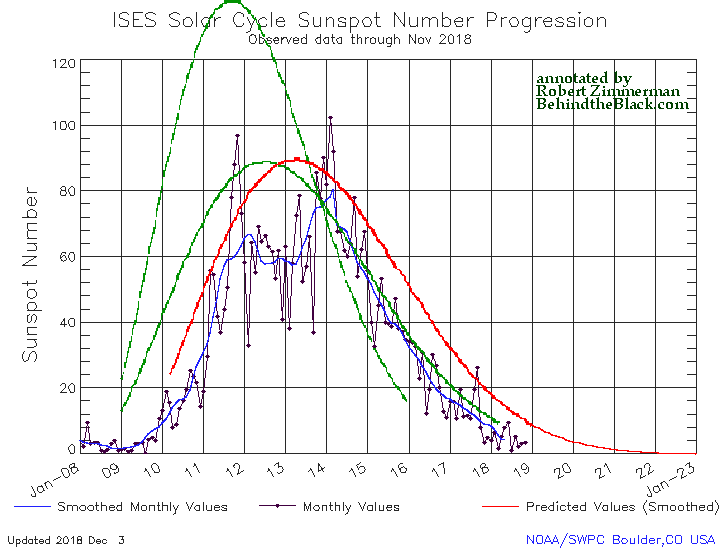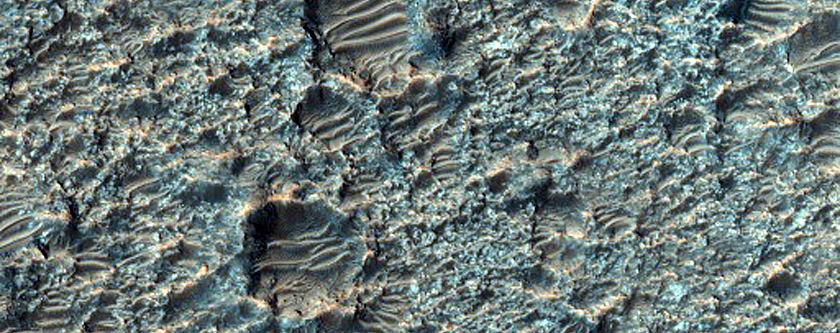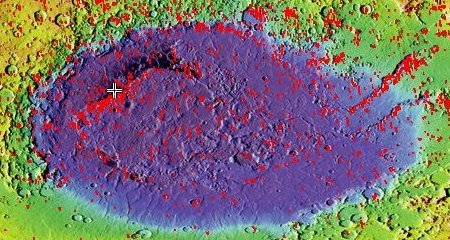Voyager 2 enters interstellar space
The Voyager 2 spacecraft, launched in 1977, has entered interstellar space, becoming the second human spacecraft to achieve this.
Comparing data from different instruments aboard the trailblazing spacecraft, mission scientists determined the probe crossed the outer edge of the heliosphere on Nov. 5. This boundary, called the heliopause, is where the tenuous, hot solar wind meets the cold, dense interstellar medium. Its twin, Voyager 1, crossed this boundary in 2012, but Voyager 2 carries a working instrument that will provide first-of-its-kind observations of the nature of this gateway into interstellar space.
Voyager 2 now is slightly more than 11 billion miles (18 billion kilometers) from Earth. Mission operators still can communicate with Voyager 2 as it enters this new phase of its journey, but information – moving at the speed of light – takes about 16.5 hours to travel from the spacecraft to Earth. By comparison, light traveling from the Sun takes about eight minutes to reach Earth.
When I first wrote about these spacecraft in the 1990s, it was thought that Voyager 2 would probably not exit the solar system until the 2020s, meaning that its nuclear power source might die before that happened. That it has happened now, so much earlier, helps map the size of the heliosphere as well as the pressure that might be placed upon it by the interstellar medium
The Voyager 2 spacecraft, launched in 1977, has entered interstellar space, becoming the second human spacecraft to achieve this.
Comparing data from different instruments aboard the trailblazing spacecraft, mission scientists determined the probe crossed the outer edge of the heliosphere on Nov. 5. This boundary, called the heliopause, is where the tenuous, hot solar wind meets the cold, dense interstellar medium. Its twin, Voyager 1, crossed this boundary in 2012, but Voyager 2 carries a working instrument that will provide first-of-its-kind observations of the nature of this gateway into interstellar space.
Voyager 2 now is slightly more than 11 billion miles (18 billion kilometers) from Earth. Mission operators still can communicate with Voyager 2 as it enters this new phase of its journey, but information – moving at the speed of light – takes about 16.5 hours to travel from the spacecraft to Earth. By comparison, light traveling from the Sun takes about eight minutes to reach Earth.
When I first wrote about these spacecraft in the 1990s, it was thought that Voyager 2 would probably not exit the solar system until the 2020s, meaning that its nuclear power source might die before that happened. That it has happened now, so much earlier, helps map the size of the heliosphere as well as the pressure that might be placed upon it by the interstellar medium








